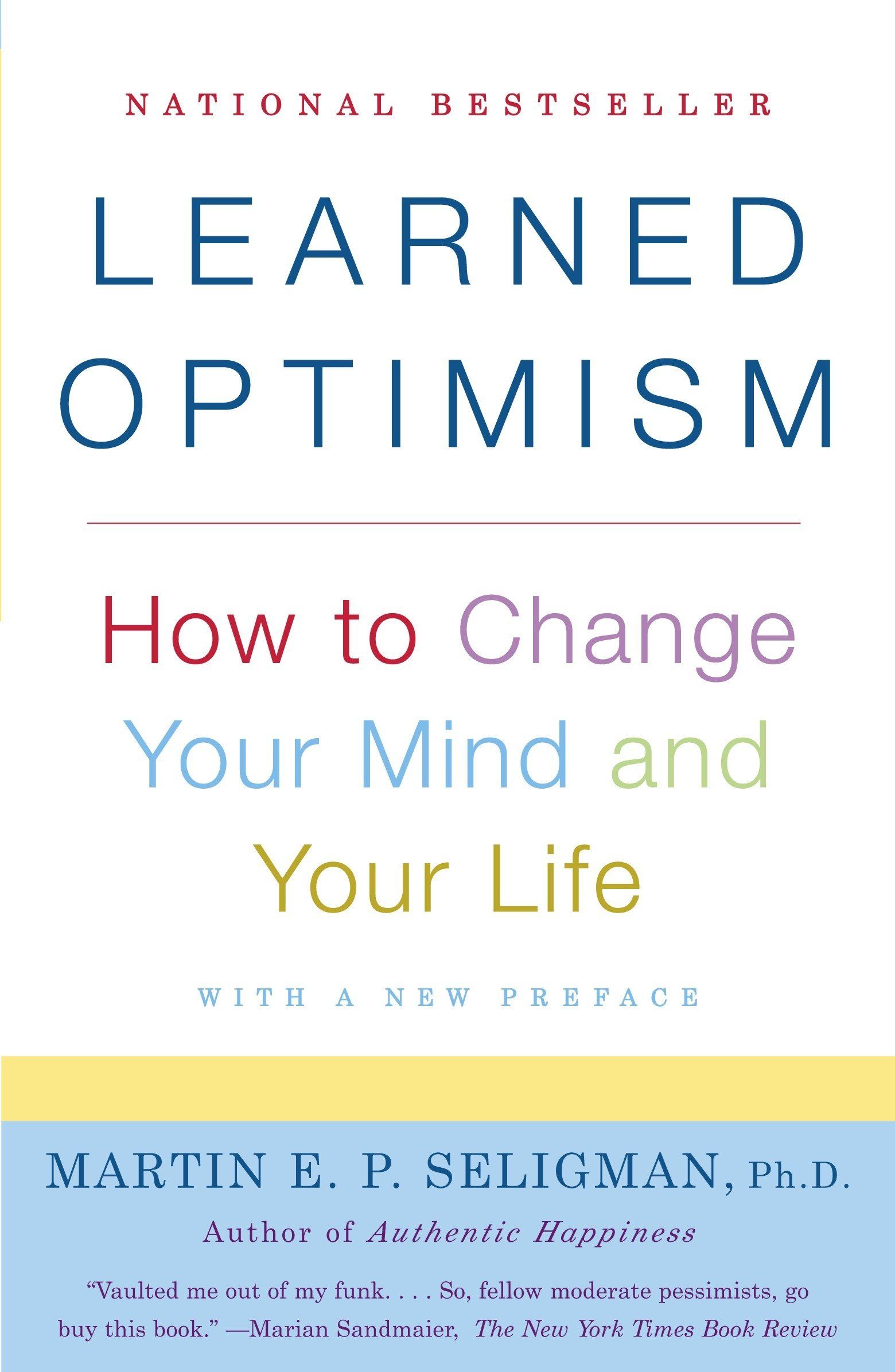Lobby Café — Doha, Qatar

Doha, Qatar 🇶🇦
Doha is my second most beloved city. The first is Abu Dhabi, if you are curious, which I covered in a previous post. I visited Doha four times in my life. The first time was with my family, then light and young. The second time was a solo trip to attend a training bootcamp. The third was a fun and bonding trip with two of my brothers. The fourth was a leisure trip with my friends. All trips were so great and memorable for me. I hope they were for those who traveled with me.

Doha is the capital and most populous city of Qatar. It has a population of 956,460. The city is located on the coast of the Persian gulf in the east of the country, north of Al Wakrah and south of Al Khor. It is Qatar's fastest growing city, with over 80% of the nation's population living in Doha or its surrounding suburbs. It is the political and economic center of the country. Doha was founded in the 1820s as an offshoot of Al Bidda.
— Wikipedia
Doha fascinates me with its skyline of skyscrapers. It is also a lovingly warm city, feeling like home for someone coming from Saudi Arabia. Modernity and elegance shines in many places. Spring, autumn and winter are usually the best times of the year to spend in this coastal city. I usually stay at the west bay, with trips to famous places; modern or heritage. One of the places I ensure to give a visit is Souq Waqif. Its vintage cafés and restaurants are great for day and night meals. Other places I ensure to include in my trips are The Pearl-Qatar and Katara Cultural Village. Spots like these are great for spending evenings with coffee, friends and family.



Lobby Café — Pin 📍
In a search for a café that can speak the sole of Doha, with modernity and excellence, I found Lobby Café. It is managed by Hilton, and located at the Pearl-Qatar. It gives you a welcoming space with nice indoors and great outdoors. I would love to spend a breezy autumn or a cool spring in this place. I wish I can enjoy a moment in this space with my loved ones. I hope this moment comes soon.

A relaxed, yet sophisticated café to grab a bite, catch up with friends or unwind with a great cake and a freshly brewed coffee. Our extensive menu features grab and go selection, freshly brewed coffee and tea, breads, fresh juices, smoothies and patisseries alongside small bites.
— Hilton Doha The Pearl




Four photos above captured my attention. They are all inviting you to visit. A photo with an open book, a warm aromatic coffee cup, and a sweet dish, simply telling you that you can enjoy your time alone. Another photo with a light breakfast invites you to join in with your spouse in a morning breeze of love. A third photo shouts out loud to bring a company of friends or family to craft new memories. A fourth photo tells you that you still can enjoy your time engaging with your work accompanied by a cup of coffee.
In all these photos, you can enjoy a relaxing and peaceful morning.. as long as you can find that peace from within. And as long as you are capable of seeing the good in your life more than the bad.
Optimism and Peace from Within
Like any other human, peace and turmoil were interlocking in my life. I was blessed with a peaceful childhood surrounded by a large family of 11. My parents did their best to provide for us both a welcoming house and a warm upbringing. I was then more or less on an autopilot throughout my school and college years. I did great, and got great grades. Turmoils started hitting me two years into my career life.
After my first two years in jobs, and for almost 13 years, I have seen more downs than ups, more failures than successes. I often was struggling to tune myself to shocks on the expectations spectrum, accompanied by pessimism more than optimism. In many times, I would put high expectations, fell short of them, then struggle to adjust and find peace. Pessimism would take me for swirls. Fortunately, with more hits (or misses) came more learnings, until I managed to tune myself to the spectrum of expectations. More optimism rescued me from rather dull and dark depths.
What is interesting is the fact that it was when I hit 40 years old, things started to calm down from within. Was it a coincidence? Or was number 40 an actual mark in my age? I really cannot tell. All I know, is that I started to become more peaceful, optimistic, and in terms with my internal turmoils by that age. I started to accept myself more. I started to become generous with myself. I can say that when I found the right amount of peace and optimism, it was almost a trending line from that point on. I have learned to be optimistic, and I was ready for it.
Learned Optimism
Whenever I become blued or when I feel I am struggling, I turn to books. My purpose is usually one of two: to engage or to distract. I sometimes turn to books as a way to distract me from my own internal thoughts. In other times, I turn to books to help me engage with my own thoughts, to understand them and get a perspective. One of the concepts I had problems with, and usually was behind my turmoils, was “optimism”.
I am a person who is oriented to pessimism. I am person who could easily become extremely focused on the empty portion of a half-full glass. I would become engraved in what is missing, what is wrong, what is expected of me, and what I should or have missed. This can become paralyzing at many times. My inner critic wins over, blurring my sight and making my future seemingly bleak.
My views were cured and corrected over the years, especially when I stumbled upon a book called “Learned Optimism” by Martin Seligman, the Godfather of positivity psychology. In this book, not only I have learned what optimism is, but I also started to understand my internal thought processes. It also gave me hope that hope and optimism, no matter how sophisticated or deeply rooted they become, can be learned and developed. I must say that I read it when I was already on the right track. I wished I got a hold of it when I really and badly needed it.

Learned Optimism: How to Change Your Mind and Your Life
Offering many simple techniques anyone can practice, Dr. Seligman explains how to break an “I–give–up” habit, develop a more constructive explanatory style for interpreting your behavior, and experience the benefits of a more positive interior dialogue.
With generous additional advice on how to encourage optimistic behavior at school, at work and in children, Learned Optimism is both profound and practical—and valuable for every phase of life.
Here is my Goodreads review of the book:
A great book with strong foundations in theory and practice. Martin tackled a very challenging topic, "Optimism", that is so fluid and hard to explain and dissect. He did that rigorously and for a long period of time, and managed to get to its foundations. Not only he did that, but he authored this book which made it simple to explain for the ordinary person.
To put the idea of the book in a simple sentence: optimism, or pessimism for that matter, stems from your explanatory style. That means, when you're hit with an adversity, it's your explanation of that adversity - largely a monologue in your head - that sets you off on a path of pessimism which can lead to despair and depression if made consistent. It also could set you off on a path of optimism, which can give you a hand to rise up again with hope and energy to move on.
Now that explanatory style is made up of three components: permanence, pervasiveness, and personalization. Put in others words, if you explain your adversities as permanent in nature and won't vanish with time, and pervasive that affects all aspects of your life, and that it's personal and because of you.. You have destined yourself on a pessimistic path.
On the other hand, if you explain (inside your head) your adversity as temporary that won't last forever, and local that only affects the part of life it hits, and external due to reasons beyond your personality.. You will find yourself full of hope and will have the energy and self-esteem to recover and rise up again, and become stronger in facing your future challenges and adversities.
What I very much liked about Martin's work on optimism is that he was critical and balanced in pointing benefits and problems of both "optimism" and "pessimism". Cause, optimism is not universally desired, and pessimism is not universally despised. There are times when optimism is another term for blindness and/or arrogance. Also, there are situations when pessimism is desired because of the reality and caution that come within its lines.
Another thing I admired of Martin's work is how he had shed an optimistic light to the topic and gave hope to the reader that "optimism" is a skill that can be learned. He gave enormous examples on how that is possible.
I recommend this book, as it gives you two powers. The first power is explaining yourself and your reaction to adversities which is a normal part of life. The second power is a skill that you could learn and harness with ease that will help you live life more smoothly.
On the other hand, this book is a must read for anyone who has experienced depression him or herself, or who have a loved one who's going through depression episodes. It will simply equip you with necessary insight and tools to go through these tough times and emerge unscathed.
— Abdurrahman on Goodreads
I would like to leave you with quotes from the book. This is a book I highly recommend for those who would like to understand and develop optimism in themselves and in those around them.
“‘Happiness’ is a scientifically unwieldy notion, but there are three different forms of it you can pursue. For the “Pleasant Life,” you aim to have as much positive emotion as possible and learn the skills to amplify positive emotion. For the “Engaged Life,” you identify your highest strengths and talents and recraft your life to use them as much as you can in work, love, friendship, parenting, and leisure. For the “Meaningful Life,” you use your highest strengths and talents to belong to and serve something you believe is larger than the self.”
― Martin E.P. Seligman, Learned Optimism: How to Change Your Mind and Your Life
“The defining characteristic of pessimists is that they tend to believe bad events will last a long time, will undermine everything they do, and are their own fault. The optimists, who are confronted with the same hard knocks of this world, think about misfortune in the opposite way. They tend to believe defeat is just a temporary setback, that its causes are confined to this one case. The optimists believe defeat is not their fault: Circumstances, bad luck, or other people brought it about.”
― Martin E.P. Seligman, Learned Optimism: How to Change Your Mind and Your Life
“Pessimists can in fact learn to be optimists, and not through mindless devices like whistling a happy tune or mouthing platitudes (“Every day, in every way, I’m getting better and better”), but by learning a new set of cognitive skills.”
― Martin E.P. Seligman, Learned Optimism: How to Change Your Mind and Your Life
“Changing the destructive things you say to yourself when you experience the setbacks that life deals all of us is the central skill of optimism.”
― Martin E.P. Seligman, Learned Optimism: How to Change Your Mind and Your Life
“Finding temporary and specific causes for misfortune is the art of hope: Temporary causes limit helplessness in time, and specific causes limit helplessness to the original situation. On the other hand, permanent causes produce helplessness far into the future, and universal causes spread helplessness through all your endeavors. Finding permanent and universal causes for misfortune is the practice of despair.”
― Martin E.P. Seligman, Learned Optimism: How to Change Your Mind and Your Life
“Almost all of us have gone through depression and know how it poisons daily life. For some it is a rare experience, descending on us only when several of our best hopes all collapse at once. For many of us, it is more familiar, a state that afflicts us every time we are defeated. For still others, it is a constant companion, draining the joy from even our best times and darkening the grayer times to an unrelieved black.”
― Martin E.P. Seligman, Learned Optimism: How to Change Your Mind and Your Life
“Cognitive therapy uses five tactics. First, you learn to recognize the automatic thoughts flitting through your consciousness at the times you feel worst. Second, you learn to dispute the automatic thoughts by marshaling contrary evidence. Third, you learn to make different explanations, called reattributions, and use them to dispute your automatic thoughts. Fourth, you learn how to distract yourself from depressing thoughts. Fifth, you learn to recognize and question the depression-sowing assumptions governing so much of what you do.”
― Martin E.P. Seligman, Learned Optimism: How to Change Your Mind and Your Life

Member discussion